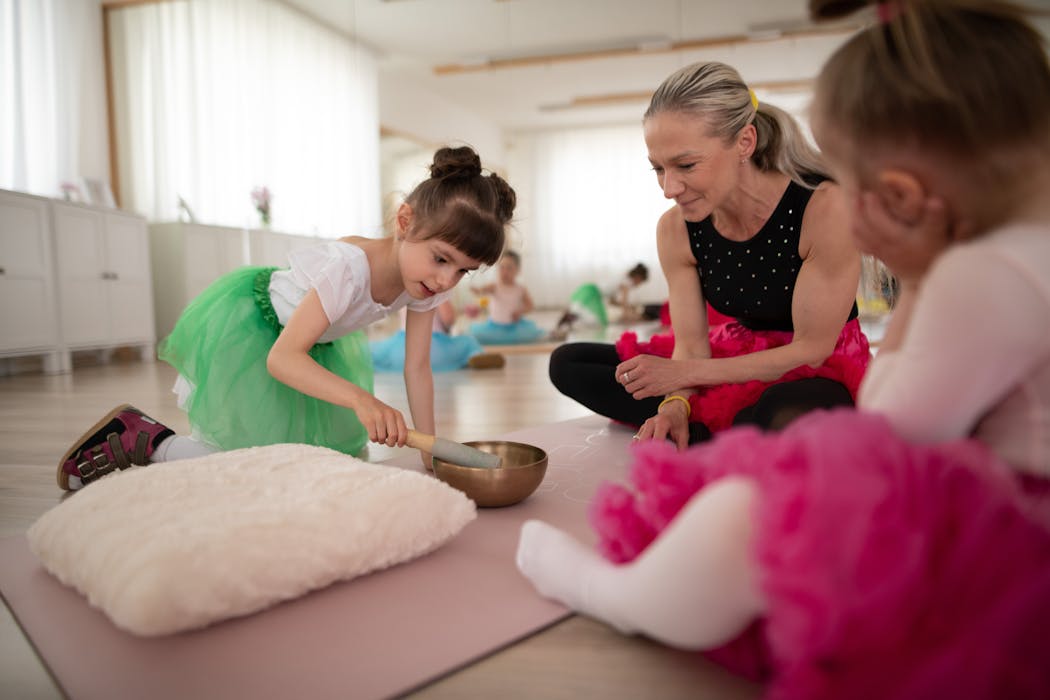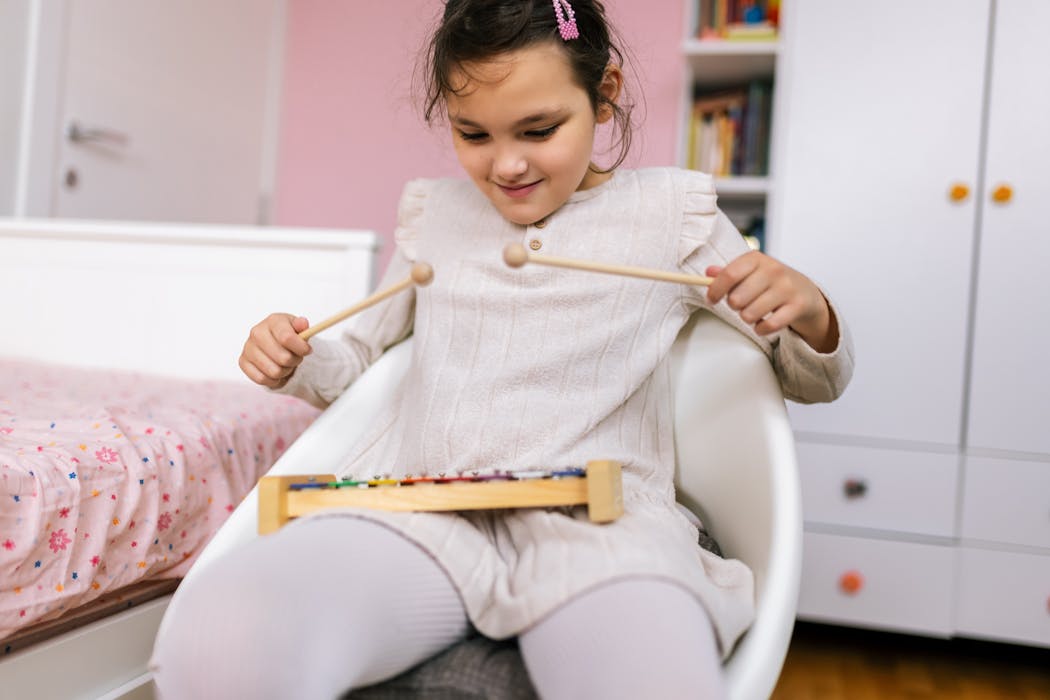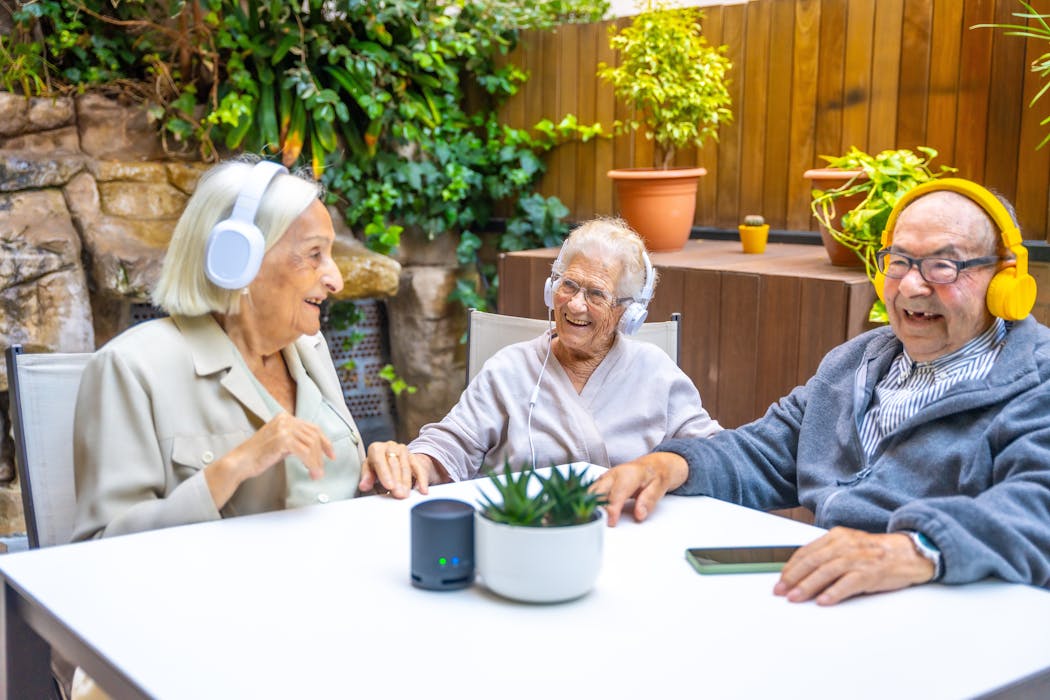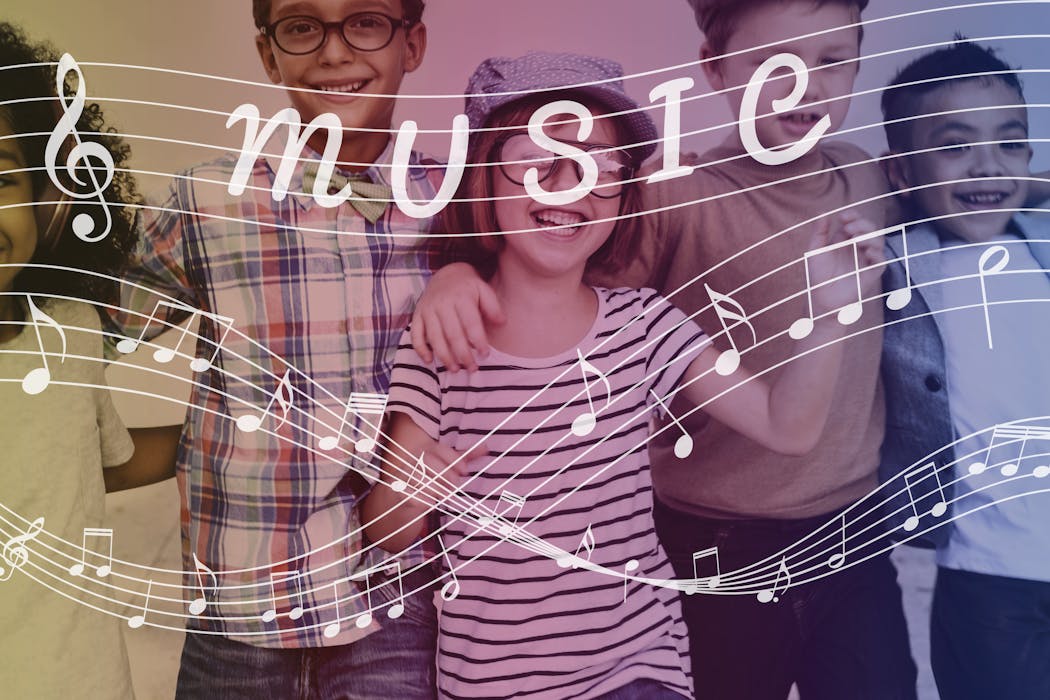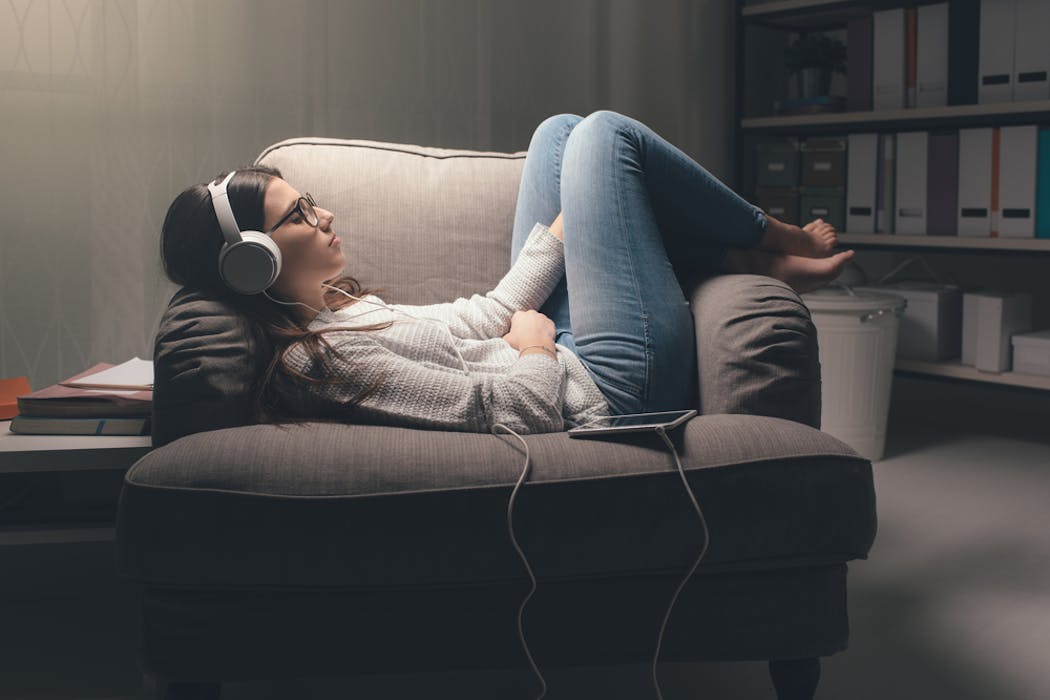Art therapy for kids is a form of therapy that utilizes the creative process of making art to improve a child’s physical, mental, and emotional well-being. It is a therapeutic technique that allows children to express themselves through various art forms such as drawing, painting, sculpting, and other creative activities. Art therapy for kids is often used as a means of communication for children who may have difficulty expressing their thoughts and feelings verbally. It provides a safe and non-threatening environment for children to explore their emotions and experiences through the use of art materials. Art therapy for kids is conducted by trained art therapists who are skilled in understanding the psychological aspects of the creative process and how it can be used to help children cope with various challenges they may face.
Art therapy for kids is a holistic approach that takes into consideration the child’s emotional, cognitive, and physical development. It is a form of therapy that encourages self-expression, self-discovery, and personal growth through the use of art materials. Art therapy for kids can be used to address a wide range of issues such as anxiety, depression, trauma, behavioral problems, and developmental disabilities. It is a flexible and adaptable form of therapy that can be tailored to meet the specific needs of each child. Art therapy for kids can be conducted in individual or group settings, depending on the child’s preferences and therapeutic goals.
The Benefits of Art Therapy for Children
Art therapy for children offers a wide range of benefits that can positively impact their overall well-being. One of the key benefits of art therapy for children is its ability to promote self-expression and creativity. Through the use of art materials, children are able to express their thoughts, feelings, and experiences in a non-verbal manner. This can be particularly beneficial for children who may have difficulty communicating their emotions through words. Art therapy for children also provides a sense of empowerment and control as they are able to make choices about the materials they use and the images they create.
Another benefit of art therapy for children is its ability to improve their emotional regulation and coping skills. Engaging in the creative process can help children manage their emotions and reduce stress and anxiety. Art therapy for children can also help them develop problem-solving skills as they experiment with different art materials and techniques. Additionally, art therapy for children can enhance their self-esteem and confidence as they create artwork that they can take pride in. This can be particularly beneficial for children who may struggle with low self-esteem or feelings of inadequacy. Overall, art therapy for children provides a safe and supportive environment for them to explore their emotions, develop coping skills, and build self-confidence.
How Art Therapy Helps Kids Express Emotions
Art therapy is an effective tool for helping kids express their emotions in a safe and non-threatening way. Children often have difficulty verbalizing their feelings, especially when they are experiencing strong emotions such as anger, sadness, or fear. Art therapy provides an alternative means of communication that allows children to express themselves through the use of art materials. Through drawing, painting, or sculpting, children can externalize their emotions and experiences in a tangible form. This can help them gain insight into their feelings and experiences, as well as provide a sense of relief and validation.
Art therapy helps kids express emotions by providing a creative outlet for them to explore and process their feelings. The act of creating art can be therapeutic in itself, as it allows children to release pent-up emotions and express themselves in a way that feels natural to them. Art therapy also provides a safe space for children to explore difficult emotions without fear of judgment or criticism. This can be particularly beneficial for children who may have experienced trauma or have difficulty trusting others with their emotions. Through the use of art materials, children can communicate their innermost thoughts and feelings in a way that feels comfortable and empowering.
Art Therapy as a Tool for Building Confidence and Self-Esteem in Children
Art therapy is an effective tool for building confidence and self-esteem in children. Engaging in the creative process allows children to develop a sense of mastery and accomplishment as they create artwork that reflects their unique perspectives and experiences. This can help boost their self-confidence and provide a sense of pride in their abilities. Art therapy also provides a non-judgmental environment where children can explore their creativity without fear of failure or criticism. This can help them develop a positive self-image and a greater sense of self-worth.
Art therapy helps build confidence and self-esteem in children by providing opportunities for them to make choices and take risks in their creative endeavors. Through the use of art materials, children can experiment with different techniques and styles, which can help them develop problem-solving skills and a sense of autonomy. Art therapy also encourages children to embrace their individuality and express themselves authentically, which can help them develop a strong sense of self-esteem. Overall, art therapy provides a supportive environment for children to explore their creativity and develop a positive self-concept.
Using Art Therapy to Improve Communication and Social Skills in Kids
Art therapy is an effective tool for improving communication and social skills in kids. Engaging in the creative process allows children to express themselves in a non-verbal manner, which can be particularly beneficial for those who may have difficulty communicating verbally. Through the use of art materials, children can communicate their thoughts, feelings, and experiences in a tangible form, which can help them develop greater insight into their emotions and improve their ability to express themselves. Art therapy also provides opportunities for children to engage in collaborative art-making activities, which can help them develop important social skills such as cooperation, sharing, and empathy.
Art therapy helps improve communication and social skills in kids by providing a safe and supportive environment for them to interact with others. Group art therapy sessions allow children to engage in creative activities with their peers, which can help them develop important social skills such as listening, taking turns, and respecting others’ ideas. Art therapy also provides opportunities for children to practice non-verbal communication through the use of art materials, which can help them develop greater awareness of body language and facial expressions. Overall, art therapy provides a unique opportunity for children to improve their communication and social skills in a fun and engaging way.
Art Therapy as a Means of Stress Relief and Relaxation for Children
Art therapy is an effective means of stress relief and relaxation for children. Engaging in the creative process allows children to focus on the present moment and immerse themselves in the act of creating art, which can help reduce stress and promote relaxation. The repetitive nature of certain art-making activities such as drawing or coloring can also have a calming effect on the nervous system, which can help children regulate their emotions and reduce anxiety. Art therapy provides a non-judgmental environment where children can explore their creativity without pressure or expectations, which can help them feel more relaxed and at ease.
Art therapy helps relieve stress and promote relaxation in children by providing opportunities for them to engage in sensory experiences that are soothing and enjoyable. The use of art materials such as clay, paint, or markers can provide tactile stimulation that can be comforting for children who may be experiencing stress or anxiety. Art therapy also provides opportunities for children to engage in mindfulness practices such as deep breathing or guided imagery, which can help them relax and reduce tension in the body. Overall, art therapy provides a safe and supportive environment for children to engage in creative activities that promote stress relief and relaxation.
Incorporating Art Therapy into a Child’s Overall Mental Health Treatment
Art therapy can be an effective component of a child’s overall mental health treatment plan. It provides a unique opportunity for children to explore their emotions, develop coping skills, and build self-confidence in a non-verbal manner. Art therapy can be integrated into various mental health treatment approaches such as psychotherapy, play therapy, or family therapy to provide additional support for children who may be struggling with emotional or behavioral challenges. Art therapy can also be used as a stand-alone treatment approach for children who may benefit from a more creative and expressive form of therapy.
Incorporating art therapy into a child’s overall mental health treatment plan provides opportunities for them to engage in creative activities that promote emotional expression and self-discovery. It allows children to explore their creativity in a safe and supportive environment while receiving guidance from trained art therapists who understand the psychological aspects of the creative process. Art therapy can also provide opportunities for children to develop important coping skills such as problem-solving, emotional regulation, and stress management. Overall, incorporating art therapy into a child’s overall mental health treatment plan provides a holistic approach that addresses their emotional, cognitive, and physical well-being.
In conclusion, art therapy for kids is a valuable form of therapy that offers numerous benefits for children’s overall well-being. It provides opportunities for them to express themselves creatively, develop important coping skills, improve communication and social skills, relieve stress, build confidence and self-esteem, and integrate into their overall mental health treatment plan. Art therapy provides a safe and supportive environment where children can explore their emotions through the use of art materials while receiving guidance from trained art therapists who understand the psychological aspects of the creative process. Overall, art therapy is an effective tool for helping kids navigate through various challenges they may face while promoting their emotional, cognitive, and physical development.
Find out how Torongo Therapyplus can help you with your needs. Get in touch with us at smile@torongo.life, or call us on 02 8809 9965.


















